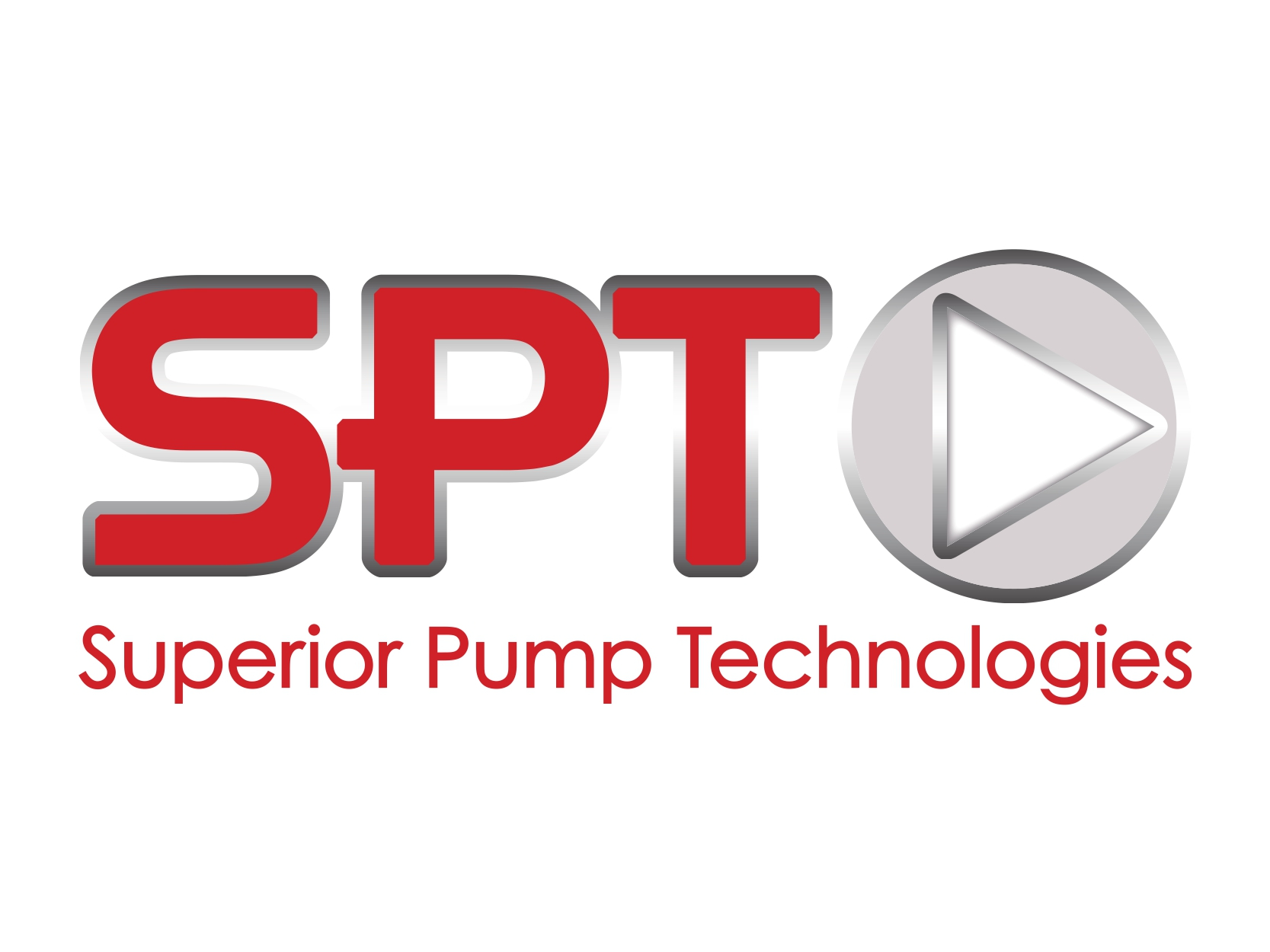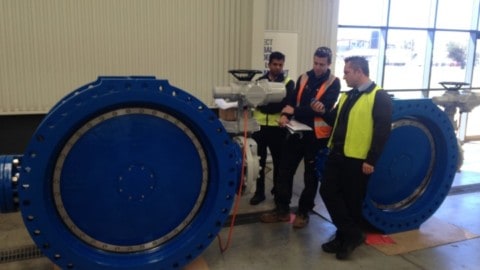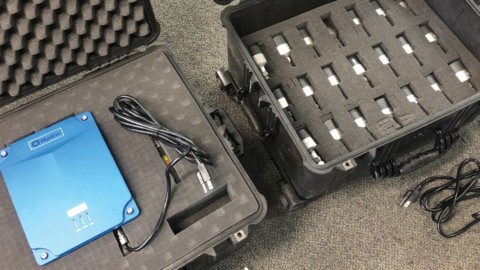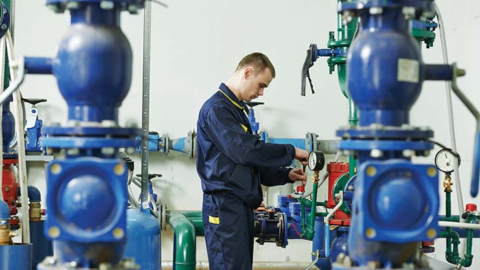By Neel Kaila, Director, Neel Pty Ltd
This article presents some conventional and innovative ways to apply check valves in hydraulic circuits. The author has successfully used all the configurations in various projects.
Check valves
A check valve, clack valve, non-return valve or one-way valve is a valve that normally allows fluid (liquid or gas) to flow through it in only one direction. A check valve is an electronic equivalent of a diode which permits the flow of electrical current in one direction only. The various practical applications of check valves are as follows.
Single pump systems
This is the most common application of a check valve where a check valve permits flow from suction tank to the discharge tank and prevents the reverse flow from the discharge tank back to the suction tank during pump stoppage or pump failure. Refer to Figure 1.

Figure 2. Parallel Pump System.
Parallel pump systems
This is another common application of check valves. In this configuration two or more pumps are connected in parallel. Refer to Figure 2. The check valve has two functions in such a scenario:
- The check valve prevents the duty pump, pumping into the standby pumps
- The check valve prevents the discharge tank back flowing into suction tank during pump stoppage.

Figure 3. Series Pumping Systems.
Series pumping systems
When pumps are connected in series especially when pumping fluids in cross country pipelines then it is recommended to place check valves in parallel to each pump. Under normal operation the discharge pressure of the pump will keep the check valve in closed position. However if any pump fails then the pressure drop across the pump will activate the check valve. This will split the flow in two streams and reduce the hydraulic losses. Refer to Figure 3.

Figure 4. Emergency Cooling Systems.
Emergency cooling systems
This is a smart way of using check valves. Under normal operation only a small amount of fluid will go to the header tank and the same amount will overflow and drain back into the suction tank. So in effect the header tank will be always charged with water. The main flow will go through the load. The discharge pressure of pump will keep CV2 closed. When the pump fails CV2 opens and drains all the water via the load thereby saving critical equipment and allowing sufficient time for controls to take over. Refer to Figure 4.

Figure 5. Check Valve as Pressure Relief Valve.
Pressure relief systems
Spring loaded check valves are commonly used in gas projects as relief valves for low pressure applications. Once the system pressure goes above the cracking pressure the check valve opens and releases the gas to a safe location or flare header. Figure 5 shows a sketch for this application.

Figure 6. Check Valve as Vacuum Breaker.
Vacuum breaker systems
Check valves can also be used as vacuum breakers. Figure 6 shows a sketch for this application for a boiler steam drum. Under positive pressure the check valve remains closed. In case vacuum is developed in the steam drum, the drum pressure falls below atmospheric and permits the entry of air thereby breaking the vacuum and preventing the vessel from buckling collapse.

Figure 7. Check Valves as Foot Valve in Suction Lift.
Foot valve
A foot valve in a lift pump is nothing but a check valve placed at pump suction which maintains the pump prime. The check valve on the discharge side ensures that the pump will retain its prime even if the foot valve malfunctions due to clogging etc. Refer to Figure 7.

Figure 8. Check Valve in Mixing Streams.
Mixing streams
Check valves can also be used to maintain the purity of individual streams before they mix. Refer Figure 8.

Figure 9. Check Valves in Premix Combustion Systems.
Combustion systems
Check valves to a certain extent can also mitigate the deflagration risk in pre-mix combustion systems. In case the premix ignites in the mixing pipe the pressure rise accompanied by flame propagation will slam the check valve and may reduce the risk of the flame propagation upstream of check valves. However this is not 100 per cent fail safe and other means may be required to mitigate this risk. Refer to Figure 9.
Water hammer mitigation
In pumping systems the check valve can also help to mitigate the water hammer. For example if the pump fails then there will be reverse flow from the discharge tank to suction tank. The magnitude of this reverse flow determines the water hammer i.e. the lower the reverse velocity, the lower the pressure rise due to water hammer. The reverse velocity of a check valve is a function of valve inertia and the valve spring constant.
Conclusion
A word of caution to all readers that each application presented above must be properly analysed and undergo a HAZOP (Hazards and Operability) review before it is incorporated in final design. For any questions or clarifications the author can be contacted on [email protected].




















